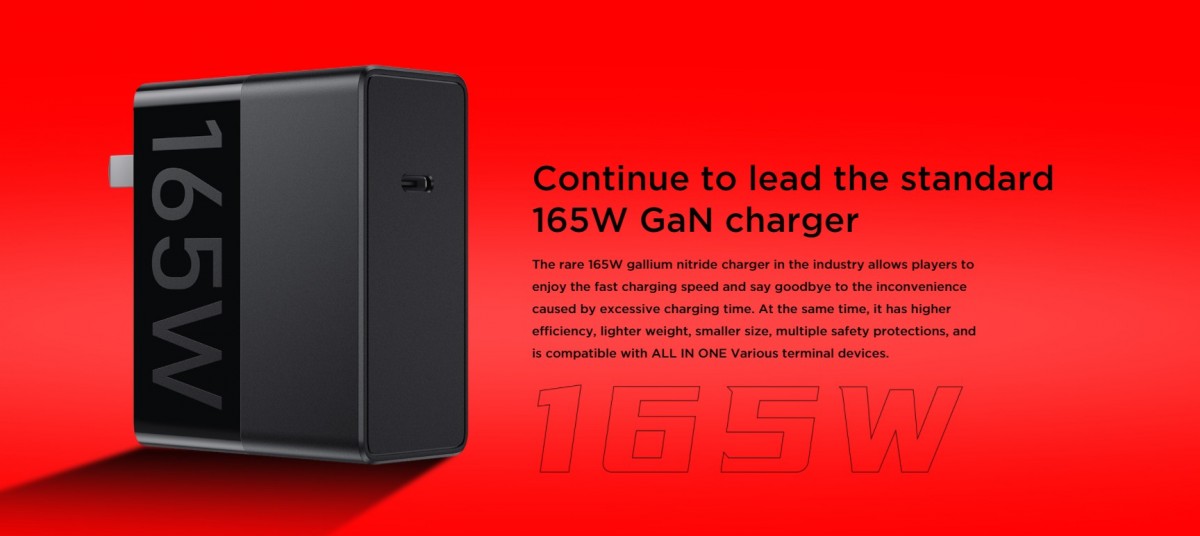The new Red Magic 7 series has a desire for power that is even greater – 135W of electricity in the case of the Pro model. In addition, the Pro is the first gaming phone featuring an under-display camera. Nubia also debuted the proprietary “Red Core 1” chip, which is designed to handle gaming-related duties.
Let’s start with the enhanced cooling system – ICE 8.0 – since that’s where the 7-series’ genuine power lies. It still has a fan that spins at 20,000 rpm, but Nubia added a “canyon air duct” that connects to a second air inlet.
This increases ventilation by 35% compared to prior generations, allowing the chipset to run 3oC cooler. The metal canyon air duct is responsible for 2.4oC of the temperature increase.
All of this is done to keep the Snapdragon 8 Gen 1 as cool as possible while maintaining high CPU and GPU frequencies. We’ll return to the processor and its fan in a moment, but first, let’s speak about the screen.
Both the Red Magic 7 and the Pro have 6.8″ AMOLED displays, a resolution of 1,080 x 2,400 px (20:9), and complete DCI-P3 coverage. They do, however, differ in their configuration. To begin with, the Pro display supports 10-bit colour and is brighter at 700 nits versus 600 nits.
Furthermore, it offers a touch sampling rate of up to 960 Hz and a display refresh rate of 120 Hz. The vanilla model, surprisingly, has a lower touch sampling rate of 720 Hz but a higher refresh rate of 165 Hz.
The shoulder triggers have been upgraded to 500 Hz (from 450 Hz in the previous version), resulting in a reaction rate of 7.4 ms. This is one of the functions of the Red Core 1 processor, which also handles sound and vibration augmentation and game lighting effects.
There are two other things to mention regarding the show. First and foremost, both phones have pristine screens. The Red Magic 7 Pro does this with an under-display camera (the first in its class), which uses a tripod pixel layout and wave-shaped wiring to maintain as much transparency as possible. The front-facing camera is simply placed in the top bezel of the Red Magic 7.
Second, the Red Magic Studio software has been updated to allow you to wirelessly mirror the screen at 120 Hz. If you need more, you can get up to 165 Hz out to a compatible monitor via an HDMI adapter or USB-C video output. You may also record gameplay at 120 frames per second (in H.264 1080p format).
Both phones come pre-installed with Red Magic 5.0. It is based on Android 12 and has been tweaked to increase response times and performance. The Red Magic Game Space will assist you in configuring the shoulder triggers for each game as well as tuning the phone for performance or battery life.
Finally, we arrive to the charging. The air cooler is also important here because the Pro model charges at a phenomenal 135W and can fully charge its 5,000 mAh battery in 15 minutes. While this is happening, the fan ensures that the ensuing heat is kept under control. The plain phone is no slouch though; it supports 120W charging and can charge its 4,500 mAh battery in 17 minutes. By the way, both phones come with 165W USB-C chargers that can charge a compatible gaming laptop as well as the phone.
The Pro model comes in Cyber Neon, Polar Black Night and Deuterium Blade Transparent Editions with similar configurations as the above.
The two Red Magic phones will be available for pre-order in China starting today, February 17, and will go on sale on February 21. (Monday). Both phones will be released in their global variants on March 22nd, with open sales beginning on March 10th. Global pricing will be announced soon; in the meantime, here are the Chinese prices.
The Red Magic 7 (8/128 GB) will cost CNY 4,000 ($630/€555/47,000), with the Deuterium model (12/256 GB) costing CNY 4,900.
CNY 4,700 ($740/€650/55,500) will be the starting price for the Red Magic 7 Pro (12/128 GB). The Deuterium Blade versions will be available in two sizes: 12/256 GB (CNY 5,300) and 18 GB/1 TB (CNY 5,300). (CNY 7,500).





















